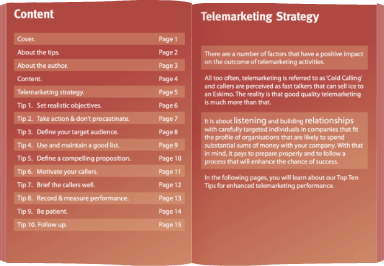Grant Leboff is one of the U.K’s leading Sales and Marketing experts. His current book, ‘Sticky Marketing’, provides companies with the new principles of marketing so they can thrive in a Web-enabled world. In this blog, Grant gives us a view of how even small businesses can leverage social media to grow their influence and their business. For a vast majority of companies, Social Media is still new. However, because many of the customers a business would like to reach, spend an increasing amount of time on these platforms, companies have come to recognize the importance of being involved. Therein the frustration starts to build. Businesses recognize the importance of social media and yet are struggling to make it work in any tangible way. A lot of the challenges companies have is because they do not understand, strategically, how social media fits with their business; or, more accurately, how they can make their business more social. Many companies still see these platforms as additional ‘marketing tools’ rather than realizing that a strategic shift in thinking is required. When looking at social platforms as individual tools e.g., Facebook, LinkedIn, Twitter, etc., many opportunities are missed. However, when one sees these platforms in a larger context and with a strategic perspective, a clearer picture emerges. Right now, many businesses are concentrating on gathering fans on Facebook, followers on Twitter, and connections on LinkedIn. In itself this is fine. If a company understands the requirement to provide potential and existing customers with value, and these prospects engage with a business around that value, then a company can gain a share of that individual’s ‘attention’. This ‘share of attention’ is arguably the most precious asset a business can have and is vital in today’s challenging and crowded market. However, because many companies fail to understand the importance of the social graph, this is where social media activity stops for most businesses. The social graph goes beyond just collecting followers, fans, and connections. The social graph is about understanding those followers, fans, and connections in a deeper way, in order to engage with an ever-increasing number of people. The idea of the social graph is to look at who is following and connected to those individuals following you. For example, it is likely that someone of pensionable age has many connections of that age. Alternatively, a football fan may be connected to many other football fans. Similarly, it is highly probable that an entrepreneur who owns a small business will know many other entrepreneurs. Understanding the social graph; in other words – the connections and followers of your connections and followers – will start to open up opportunities of how your business can reach a wider audience. For example, one can start to look at the content followers share and with whom. By having this understanding a business can start to create content that it knows will be sent on to other relevant individuals. Of course, people may well send different content to different people. For example, an entrepreneur who is also a big football fan may share football news stories with one group of people and economic updates to another section of their followers. It is having this innate understanding of the social graph that provides businesses with insights they can leverage. This is in order to ensure they provide the right sort of ‘value’ for their community to engage more people and on a deeper level. Traditionally, companies had to undertake all their communications themselves. For example, they would send a direct mail piece to 5,000 prospects from a database that they bought. It was, however, very unlikely that this mailing would have much reached beyond the 5,000 people to whom it was mailed. Today, the power of social media is such that businesses no longer reach only those to whom they have a direct channel. Companies now have the potential to reach many more people. However, this can only happen if those engaged with a business share their communications with others. Today, every business must ask: • Where is the value in every piece of communication? • Why people would share it?• How they will share it? By asking these questions, a company is more likely to create communications that are really effective. Having an understanding of the social graph will provide companies with valuable insights to help them achieve this goal.
Grant Leboff runs The Sticky Marketing Club
GSA is a London-based telemarketing agency with an office in Manchester. We offer telemarketing services and telemarketing training to ensure that you can hone your telemarketing techniques and deliver better results.If you’d like to know more or book a new business development strategy workshop and find out how GSA Business Development can help Generate Growth for your Business, contact us now on 0845 658 8192 or send us an email.






